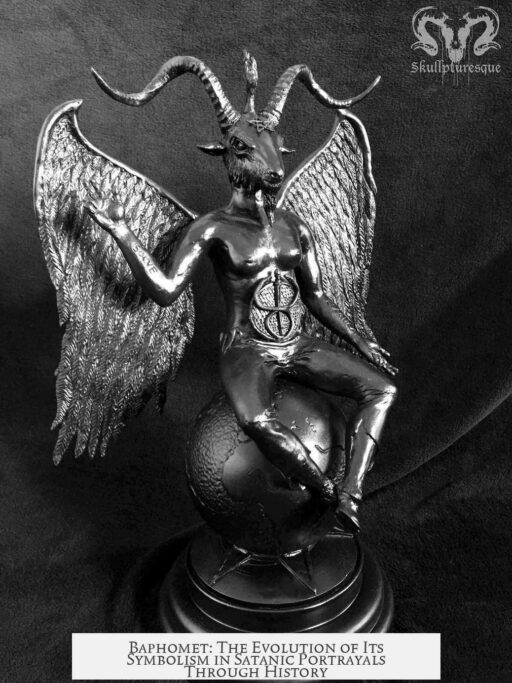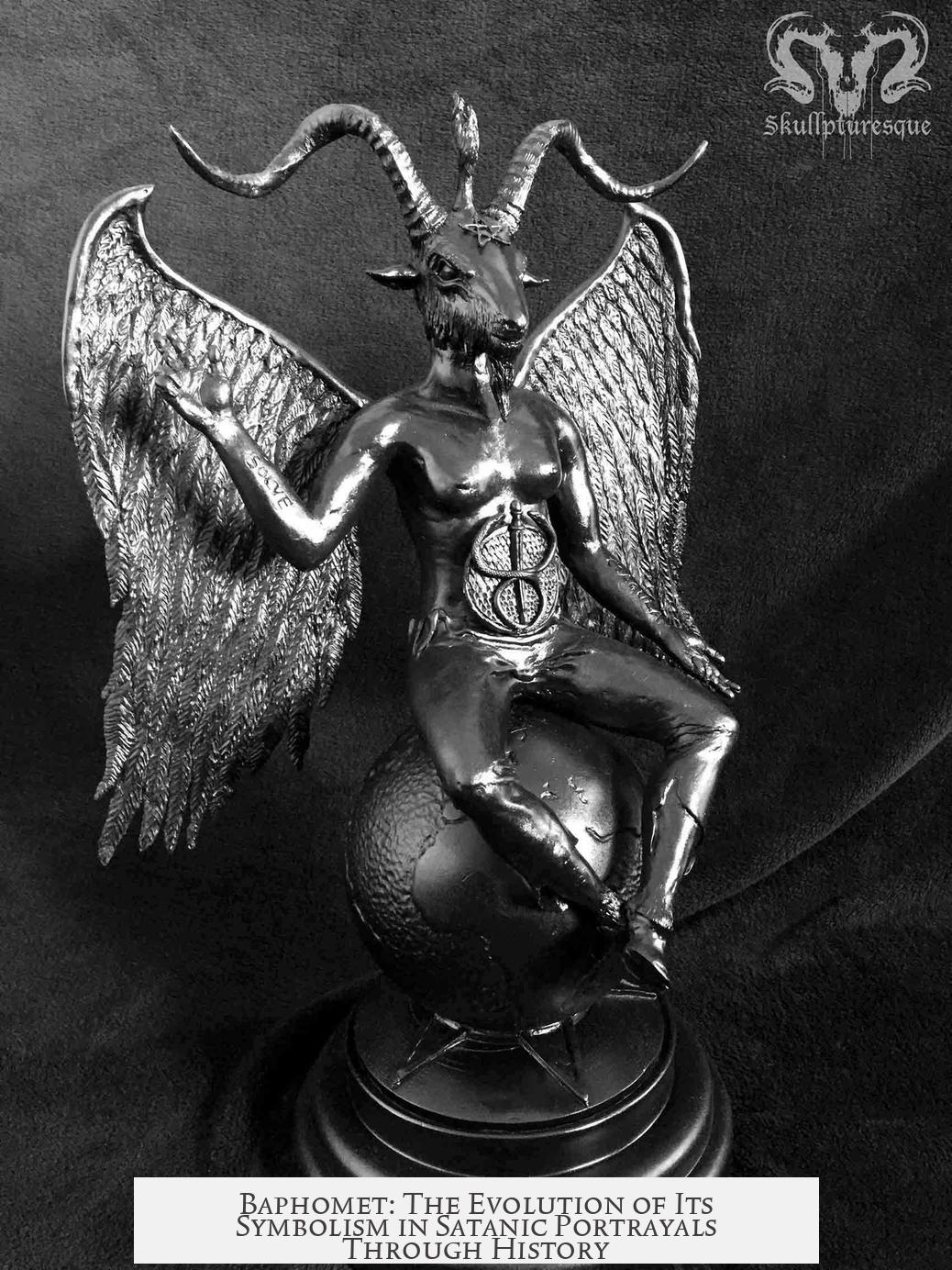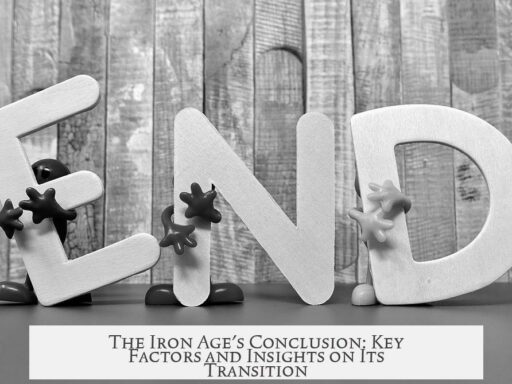Baphomet and His goat head become the model for the modern portrayal of Satan primarily in the 19th and 20th centuries, evolving from earlier symbolic and occult uses to a widespread emblem within Satanism and popular culture.
The image of Baphomet traces back to the Knights Templar, who were accused in the early 14th century of worshipping an idol called Baphomet. Historical evidence is sparse and debated regarding this claim. Separate from this, goat-headed devils appear as early as the 13th century in medieval Christian art, such as the Bible Moralisée manuscripts, where devils with goat features represented evil and heresy.
The modern graphic form of Baphomet originates from the 19th century. French occultist Eliphas Levi created a detailed illustration in his 1856 work “Dogme et Rituel de la Haute Magie” (“Dogma and Ritual of High Magic”). Levi’s depiction shows a winged, goat-headed figure with a human body, a torch between the horns, and symbolic elements representing dualities such as male and female, good and evil. Levi designed Baphomet as a symbol of occult knowledge and balance rather than outright evil.
In the 20th century, Baphomet’s image gained new associations within occult movements. Aleister Crowley, a prominent occultist, adopted Baphomet’s name after joining the Ordo Templi Orientis (O.T.O.), further cementing its occult significance.
The most direct connection between Baphomet and the modern concept of Satan appears with the Church of Satan, founded by Anton LaVey in 1966. The church officially adopted the image of Baphomet inside an inverted pentagram as its emblem. This symbol incorporates Hebrew letters spelling “Leviathan,” emphasizing its link to Satanic themes.
Since then, Baphomet’s goat head has become a recognizable symbol of Satanism and modern portrayals of Satan in broader culture, including literature, music, and media.
| Period | Key Development |
|---|---|
| 13th Century | Goat-headed devils appear in Christian art (Bible Moralisée) |
| 14th Century | Charges of Baphomet worship against Knights Templar |
| 1856 | Eliphas Levi creates modern Baphomet image |
| Early 20th Century | Aleister Crowley adopts Baphomet for O.T.O. |
| 1966 | Church of Satan adopts Baphomet pentagram symbol |
- Baphomet’s modern image originates with Eliphas Levi’s 1856 illustration.
- Goat-headed devils have earlier roots in medieval art but were not linked specifically to Satan.
- The Church of Satan’s 1966 adoption popularized Baphomet as a Satanic symbol.
- Occult figures like Aleister Crowley expanded Baphomet’s use in magical traditions.
- Baphomet’s iconography merges symbolic balance with associations of evil in modern culture.
Since When Did Baphomet (and His Goat Head) Become the Model for Modern Portrayal of Satan?

Simply put: The modern image of Baphomet as the goat-headed model for Satan dates back mainly to the 19th century, thanks especially to the French occultist Eliphas Levi. But the story is layered and fascinating, stretching back centuries before him and winding through various cultural and religious references. So, buckle up and let’s take a ride from the Middle Ages to modern occult symbolism.
Why do we picture Satan with a goat’s head? This common image wasn’t carved in stone overnight. It evolved, influenced by ancient fears, religious politics, and occult reinventions. Let’s delve in.
Whispers of Baphomet Among the Knights Templar
The saga kicks off with the Knights Templar, a medieval Christian military order. Around the early 14th century, they were accused of heretical acts, including worshipping a mysterious idol known as Baphomet. According to The Encyclopedia of Witches and Witchcraft, these allegations implied that some Templars venerated strange and forbidden figures, sparking rumors and panic.
It’s worth noting: historical evidence on this worship is murky and debated. Baphomet might have been a distorted name or a cryptic symbol rather than a clear deity. But this association planted a seed for the occult imagery later linked to Satan.
Goat-Headed Devils in Medieval Manuscripts
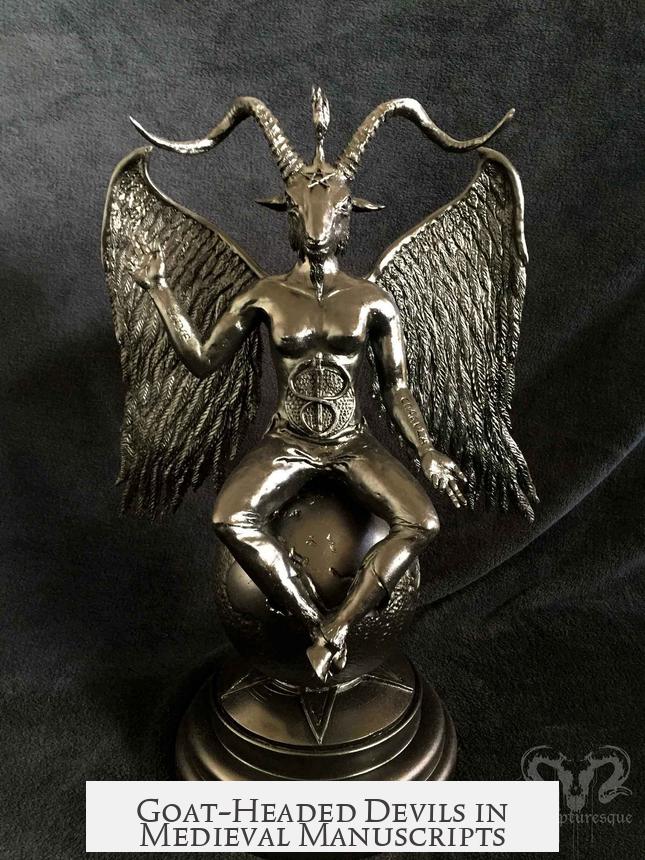
The goat symbolism didn’t start with the Templars alone. Take a glance at the Bibles Moralisées from the early 13th century, medieval picture-Bibles explaining Biblical stories. Here, devils with goat-like heads appear, leading people astray. This imagery connects goats with sin and evil, tapping into longstanding folklore where goats symbolized lust, stubbornness, and wild nature.
These early depictions suggest the goat figure was a metaphor for immoral traits, the devil’s sly partner in crime, rather than a fully formed Satan icon yet.
The Game-Changer: Eliphas Levi’s 19th Century Baphomet
Jump forward to the 1800s. Enter Eliphas Levi, a French magician and influential occultist, who painted the most famous modern image of Baphomet: a winged humanoid with a goat head, breasts, a pentagram on his forehead, and a torch between his horns.
This drawing was not an expression of devil worship but a complex symbol representing duality, balance, and mystical truths. Levi made Baphomet a figure of occult wisdom—not just evil. But the image stuck, and the distinctive goat head became embedded in popular culture as a devilish icon.
Levi’s Baphomet was a new template for Satan’s look, mixing beast and man, light and shadow.
Aleister Crowley and the Occult Adoption
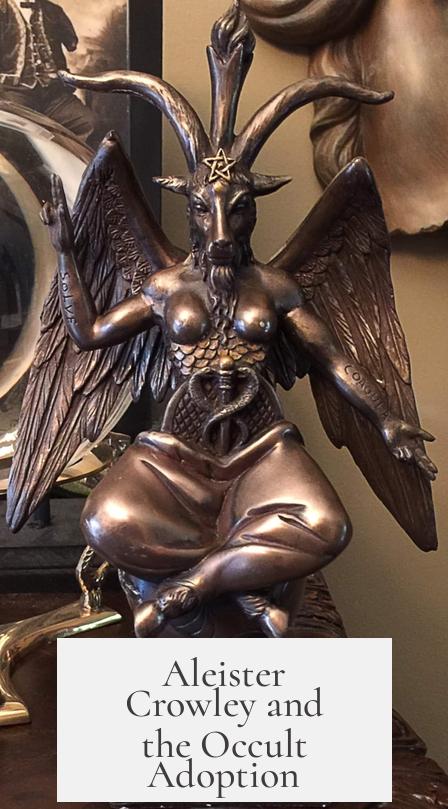
The symbol caught the attention of occult figures, most notably Aleister Crowley, a British magician known for his controversial practices. Crowley adopted the name “Baphomet” when he joined the Ordo Templi Orientis (O.T.O.), an occult organization inspired by the Templars and other secret societies.
For Crowley and his followers, Baphomet was not merely Satan but a symbol of personal liberation, rebellion, and spiritual awakening. This further entrenched the goat-headed figure in occult circles, especially those flirting with themes of rebellion and taboo.
From Occultism to Popular Satanism: The Church of Satan’s Official Emblem
Fast forward another century to 1966. The Church of Satan in San Francisco officially adopted the image of Baphomet inside an inverted pentagram. This version included Hebrew letters spelling “Leviathan,” a sea monster often linked with chaos in Jewish lore.
This marked the moment when Baphomet’s goat head transformed from a mystical or occult symbol into an official representation of Satan within a modern religious context.
The Church of Satan’s use of Baphomet fused imagery, ideology, and rebellion against traditional Christian morality, cementing the goat-headed figure as a symbol of modern Satanism.
So, What Sticks?
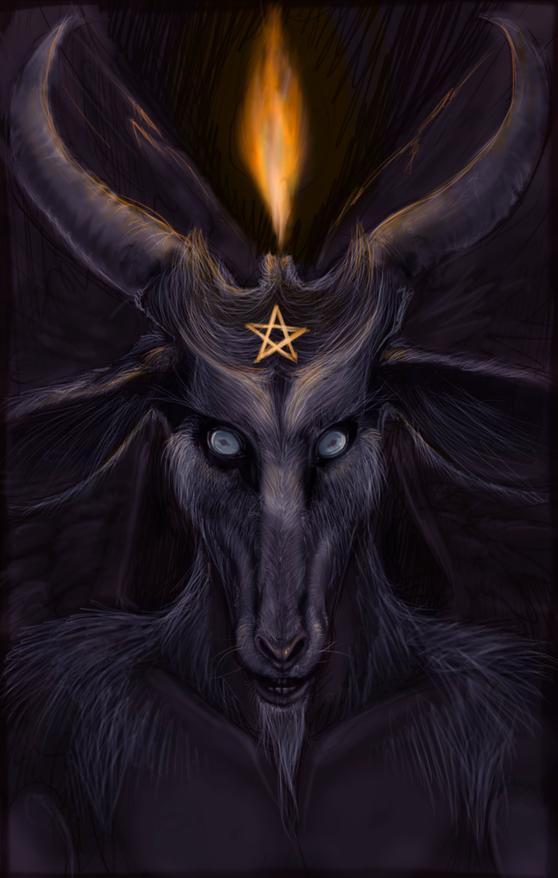
- Early goat-headed devils are medieval warnings about sin.
- Baphomet as a name surfaced during the turbulent Templar trials, hazy and mysterious.
- Eliphas Levi’s drawing gave the goat-headed Baphomet an iconic, enduring form.
- Aleister Crowley’s adoption linked it to occult rebellion.
- The Church of Satan’s 1966 emblem sealed its place as the modern satanic symbol.
Have We Gone Too Far from the Original Meaning?
Perhaps. Levi’s Baphomet was less about evil and more about balance, wisdom, and dual nature. Over time, culture repackaged it into a villainous mascot. Spotting this shift helps us understand how symbols evolve based on politics, religion, and social attitudes.
If you’re curious about how religious icons morph and get appropriated, Baphomet’s story is prime material. The journey from Templar heresies to 1960s counterculture Satanism reveals much about human imagination and fear.
Want to Spot Baphomet Today?

Look for a curious figure: half man, half goat, often with wings, a torch, and sometimes breasts—this is more than a caricature of evil. It’s a symbol layered with history, myth, and spiritual complexity.
Next time you see Baphomet’s goat head, remember, it’s a modern invention inspired by centuries of myth and meaning, not a medieval demon popped out of nowhere.
Final Thought
Baphomet’s goat head became the model for Satan mainly in the last 150-200 years, evolving from whispers in medieval trials, tiny depictions of goat devils, to Eliphas Levi’s 19th-century occult art, before being embraced by figures like Aleister Crowley and the Church of Satan. This path highlights how symbols can shift dramatically depending on who wields them and why.
So, how will you interpret the goat now? As a sinister figure, an occult icon, or a misunderstood symbol of balance? The story lies in your hands.
When did Baphomet become linked to Satan’s modern image?
Baphomet became tied to Satan’s image mainly after Eliphas Levi’s 19th-century drawing. His depiction showed a goat-headed figure combining various symbols. This inspired later occult uses and helped shape modern portrayals.
Did the goat-headed devil appear before Baphomet’s image?
Yes, goat-headed devils appeared as early as the 13th century in manuscripts such as the Bible Moralisée. These early images were separate from Baphomet but influenced the symbol’s development.
Who popularized Baphomet’s image in occult circles?
Eliphas Levi first designed the famous Baphomet figure. Later, Aleister Crowley used the name while joining O.T.O., and the Church of Satan officially adopted the image within an inverted pentagram in 1966.
Why did the Church of Satan adopt Baphomet’s image?
In 1966, the Church of Satan embraced Baphomet inside an inverted pentagram. It symbolized rebellion and occult power. The Hebrew letters on the pentagram spell Leviathan, linking to biblical sea monsters.
Was Baphomet originally a demon or idol worshipped historically?
Some Knights Templar were accused of worshipping an idol called Baphomet. However, its exact origins are unclear and the figure evolved much later into the modern goat-headed symbol seen today.
